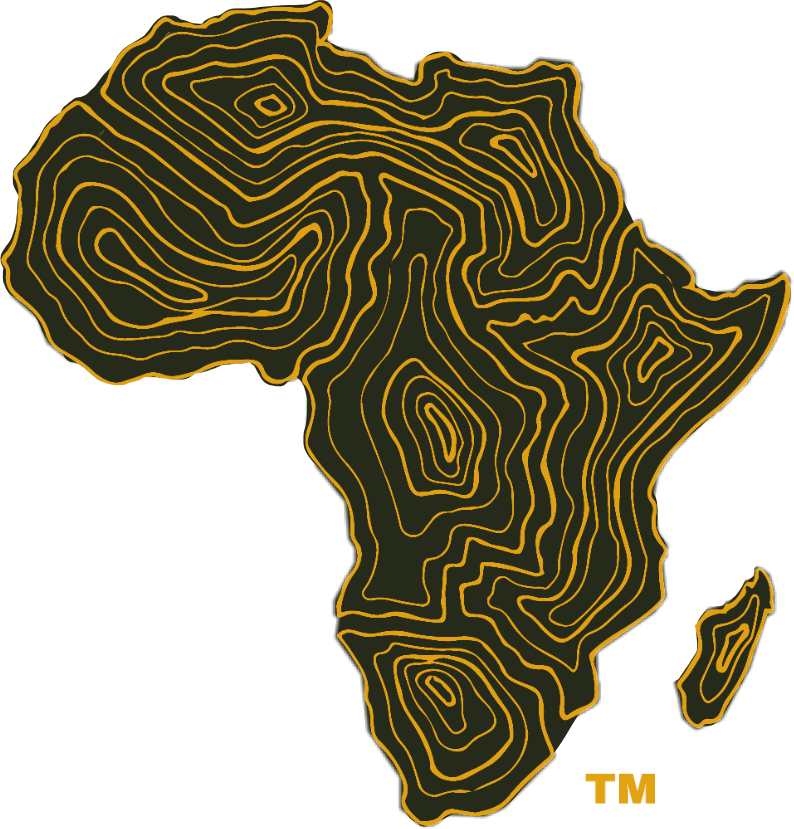
Queen Mmanthatisi
Botswana, Lesotho, and South Africa
1784 - Approximately 1836
“Beautiful, regal, powerful and intelligent”
Robert Moffat
Queen Mmanthatisi
Queen Manthatisi is the Warrior Queen who led strong men to protect the Tlôkwa people and was so feared that she was portrayed as a terrifying one-eyed monster.
During the southern African slave trade, she fought off enemies including British invaders and preserved her tribal lands. This incredibly powerful Queen was the heart and soul of her army and played a significant role in shaping Southern Africa.
Lineage
Monyalue Mmanthatisi also referred to as "Ma Nthisi", "Mantatise", "Manthatisi", "Mosanyane", "Mmanthatisi" was the daughter of Mothaha; the chief of the BaSia people. She was the wife of Kgosi Mokotjo who was chief of the Batlôkwa people. She was the sister of Letlala and mother to Nthatisi, Sekonyela and Mota.
Early Life
Monyalue Manthatisi, daughter of Mothaha of the brave BaSia people, was born around 1784 in Thaba-Nchu (later renamed Harrismith district) in South Africa's Free State province. She grew up in a region known for its wild cats. Monya, as she was often referred to, was described as a tall, beautiful, and slender girl which led to her people nicknaming her as “Mosayane” meaning the tiny one. She was greatly admired for her intelligence and strength in character.
Ascension to Power
Manthatisi fell in love and married Kgosi Mokotjo who was chief of the neighboring tribe and together they had four sons and a daughter. Her first child was a girl named; Nthatisi and her name Monyalue came to be known as Manthatisi, which means the mother of Nthatisi. Their second child Sekonyela was a boy.
Khosi Mokotjo contracted a disease during a battle and died when Sekonyela was only nine years old. Sekonyela was too young to succeed his father, which resulted in power struggles within the Batlôkwa tribe, as Sehalahala, Khosi Mokotjo's brother, desired to assume power.
Manthatisi stood her ground, acting deftly and courageously in order to succeed her son as regent. Many people were dissatisfied with this, but she did not let her womanhood prevent her from protecting and defending what rightfully belonged to her children.
She was an incredible leader, and the Batlôkwa people benefited greatly from her rule.
Manthatisi’s Reign and The Battle of Dithakong
Queen Manthatisi wielded considerable influence throughout southern Africa during her reign. Manthatisi ruled as their queen, rescuing her people from devastating droughts and political upheaval. Her conquests extended all the way to central modern-day Botswana, and at the height of her military and political power, her army was estimated to number 40 000 warriors eager to expand their territories.
During the great tribal war dubbed "The Crushing," she employed her feared and well-known tactic of sudden brutal attacks, also known as hit and runs, which was so vicious that her terrified adversaries dubbed her "Queen of the Wild Cat People." Mosayane was feared and respected by rival communities' leaders, and some chiefs chose to surrender rather than face the wild Queen. People were so terrified of the brave warrior that they spread rumors about her being a one-eyed monster who feeds her people her breast milk.
The Queen suffered numerous humiliating defeats, the most recent of which occurred in 1823, dubbed The Battle of Dithakong. A war ensued, slaughtering hundreds of invaders. The Queen then disengaged her armies and led her people, exhausted from battle, on the Great March, ensuring their survival from the British Forces' guns. She even drove the BaTau and BaFokeng communities across the river, which is now known as the Vaal. Manthatisi eventually settled her people in Lesotho's Marabeng Mountains.
She repelled British invaders and Dingiswayo and Shaka, two mighty Zulu generals.
Death
Queen Manthatisi turned over the power to her son, Sekonyela, when he was of age. Around 1836, the valiant warrior died and was buried outside Ficksburg in the modern-day Free State. Sekonyela quickly led the BaSai to victory over Lesotho's mighty King Moshoeshoe, seizing control of baTlôkwa social structures and military.
Historical Mark and Cultural Legacy
Queen Mmanthatisi's legacy of protecting her heritage and people continues to reign and she has been recognized and honored by the South African Navy who have named a submarine after her: SAS Manthatisi. he serves as an inspiration and role model for many women because of her courage in assuming authority and shattering the stereotype of women as weak and vulnerable.
References
Chiwengo, Ngwarsungu (2007). Understanding Cry, the Beloved Country: A Student Casebook to Issues, Sources, and Historical Documents. Westport: Greenwood Publishing Group. p. 82. ISBN 978-0-313-33508-2
Plaatje, Solomon T. “Moroka.” English in Africa, vol. 3, no. 2, 1976, pp. 10–15. JSTOR, www.jstor.org/stable/40238355. Accessed 18 May 2021.
geni_family_tree. n.d. Queens & Women Warriors of Africa genealogy project. [online] Available at: <https://www.geni.com/projects/Queens-Women-Warriors-of-Africa/14190> [Accessed 18 May 2021].
Wilge River Valley, S., n.d. Mantatisi. [online] geni_family_tree. Available at: <https://www.geni.com/people/Mantatisi/6000000075741105861> [Accessed 18 May 2021].
Aidoo, T., n.d. Queen Manthatisi, the little known Warrior who led men to protect the Tlokwa people in the 1800s. [online] Face2Face Africa. Available at: <https://face2faceafrica.com/article/queen-manthatisi-the-little-known-warrior-who-led-men-to-protect-the-tlokwa-people-in-the-1800s> [Accessed 18 May 2021].
Qekema, N., 2021. CULTURE Review | The Great Queen Manthatisi. [online] Culture-review.co.za. Available at: <https://www.culture-review.co.za/the-great-queen-manthatisi> [Accessed 18 May 2021].
Bra Perucci Africa. n.d. 9 powerful African Women who ruled the world | Bra Perucci Africa. [online] Available at: <https://braperucci.africa/9-powerful-african-women-who-ruled-the-world/> [Accessed 18 May 2021].

